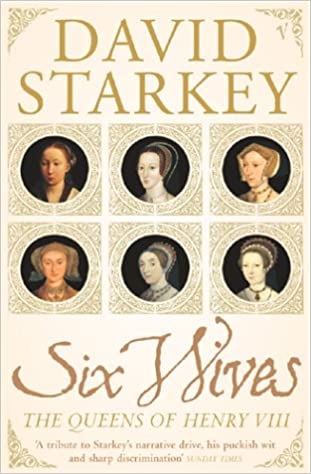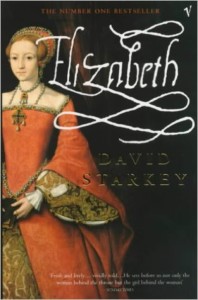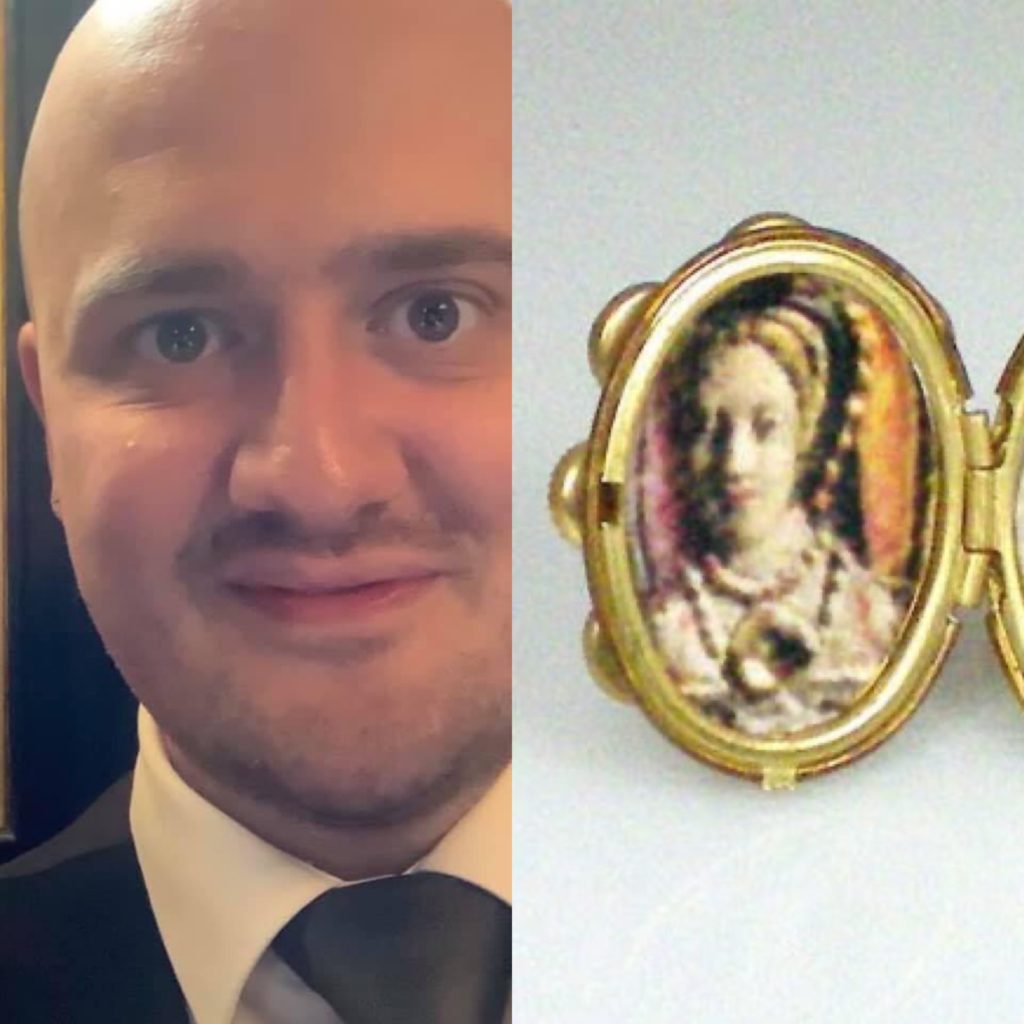
Royal History Geeks caught up with Hever historian, Dr Owen Emmerson, for his analysis on the identity of the mysterious sitter in Elizabeth I’s “Chequer’s ring” portrait
Elizabeth I famously declared that she had no desire to create windows into men’s souls. So perhaps it’s only fair that those of us so fascinated by the iconic ruler, rarely catch a glimpse into hers.
Despite the amount of ink spilt on the legendary Tudor Queen, her inner thoughts remain clouded in mystery. And it’s unlikely that we’ll ever know more than we do now.
But there’s one fragment of evidence that may give us a rare insight into the Queen’s affections. After her death, a ring was prised from her finger. Usually referred to as the “Chequer’s ring” in reference to where it would later be displayed, the artefact contains two portraits. One is Elizabeth herself. The identity of the other remains an issue of debate.
Royal History Geeks caught up with Dr Owen Emmerson, historian and castle supervisor at Hever Castle, family home of Elizabeth’s mother, Anne Boleyn.
Disputed identity
“There’s usually three theories given as to who the French-hooded figure in the portrait could be,” Dr Emmerson begins.
“To be honest, I don’t think the first two carry much weight. We’re fairly confident that the ring was gifted to Elizabeth in the mid-1570s. So the real question is, whose memory was it that Elizabeth wanted to keep close at this stage in her life, as she entered her forties?”
A portrait of Parr?
“The first theory is Katherine Parr,” Owen explains. Given the marital history of her father, Henry VIII, Elizabeth enjoyed or endured a parade of stepmothers. But Parr, the King’s final wife, was a maternal figure in Elizabeth’s life from the age of 9 until Katherine’s death when Elizabeth was 15.
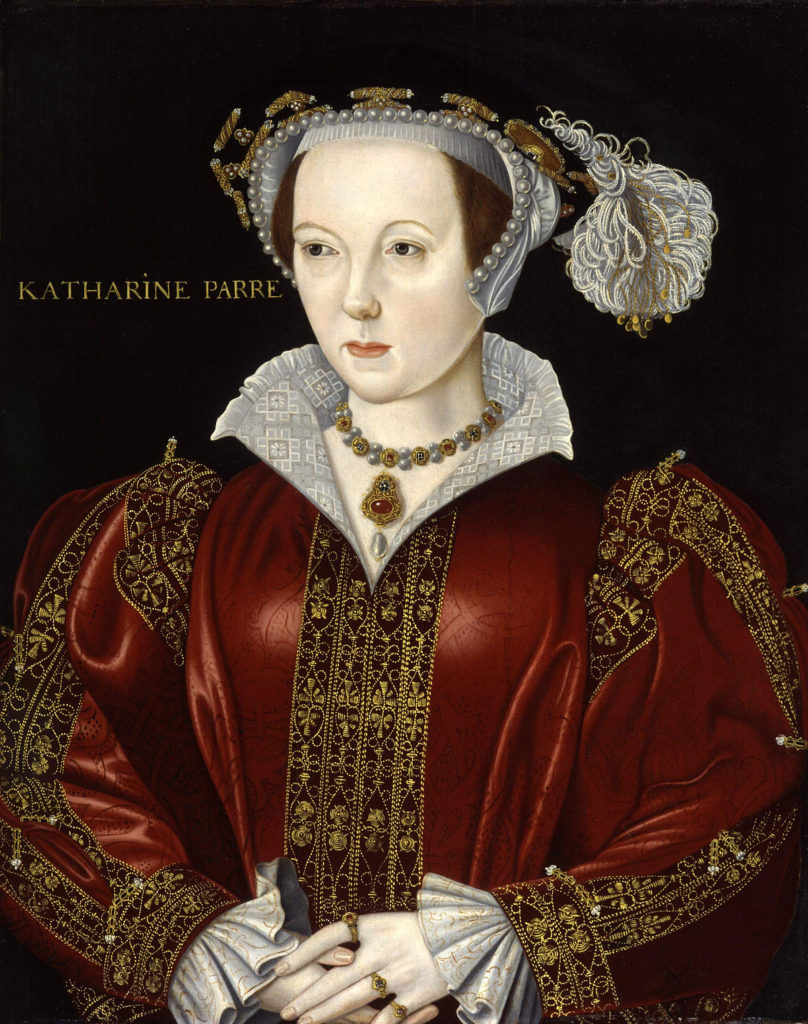
But for Dr Emmerson, the evidence simply isn’t there.
“We just don’t see Elizabeth involving herself with Katherine’s memory in any meaningful way at this stage of her life. In an age when art and portraiture were flourishing, Elizabeth had every opportunity to celebrate the memory of her stepmother. But she never took it.”
A younger Elizabeth
“The other suggestion is that it’s a portrait of a youthful Elizabeth”, Owen continues. “But I find that equally problematic.
“Elizabeth closely guarded her image. She eradicated several earlier portraits of herself. I don’t think she would have appreciated being reminded of her old age. Particularly at a time when the question of the succession was so acutely unresolved.”
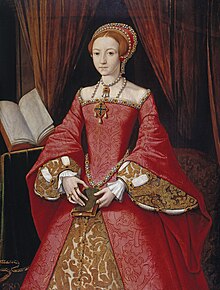
A mother’s love
“In this instance, the most obvious explanation is probably the right one. It was her mother, Anne Boleyn, that Elizabeth wanted to keep close.
“As I said earlier, we know that the ring was created for and gifted to Elizabeth around the mid-1570s. The famous portrait of Anne Boleyn, which is today housed at the National Portrait Gallery was created at about the same time. I defy anyone to examine both portraits and fail to spot a similarity.

“One of the most cited arguments against it being Anne is the hair colour. The sitter seems to have a golden colouring. The best evidence we have suggests Anne was brunette.
“But the gold colour really comes from the material the image itself is made of. If you inspect it closely there are remnants of darker enamel. This enamel probably once covered this area of the portrait.
“Contrary to popular belief, Elizabeth often evoked the memory of her mother during her reign. She adopted Anne’s iconography and her courtiers filled their Long Galleries with posthumously created portraits of Anne. She wanted to emphasise and rehabilitate her legitimacy. Elizabeth even had an effigy of Anne at her coronation. This duel portrait very much sits within this pattern of acknowledgement. Subtle and inherently personal.”
Check out the programme of activities at Hever Castle as it prepares to reopen once social distancing regulations ease.
Also, check out “Inside Hever Castle” – a new online subscription that will let you explore this historic property from the comfort of home.
Subscribe to our newsletter!
